Battle of Monmouth
Introduction
Text-to-speech Audio
28 June 1778
Inconclusive
France’s entry into the war led the British to send reinforcements to the West Indies, leaving them too weak to continue occupying Philadelphia. In mid-June 1778, 12,000 British soldiers and a 12-mile-long wagon train left the city and headed for New York. General George Washington followed cautiously. He gave his second in command, Maj. Gen. Charles Lee, command of the advance section of the Army. On 28 June, in intense heat, Lee attacked the British rearguard near Monmouth, New Jersey. The British strongly counterattacked. Lee retreated but was reinforced by the main Continental Army. British rearguard commander Lt. Gen. Charles, Lord Cornwallis went on the offensive but Washington’s timely arrival on the battlefield with more troops halted the Crown attacks. Though the battle was inconclusive, it demonstrated the increasing professionalism and organization of the Continental Army.
Images
Battle of Monmouth
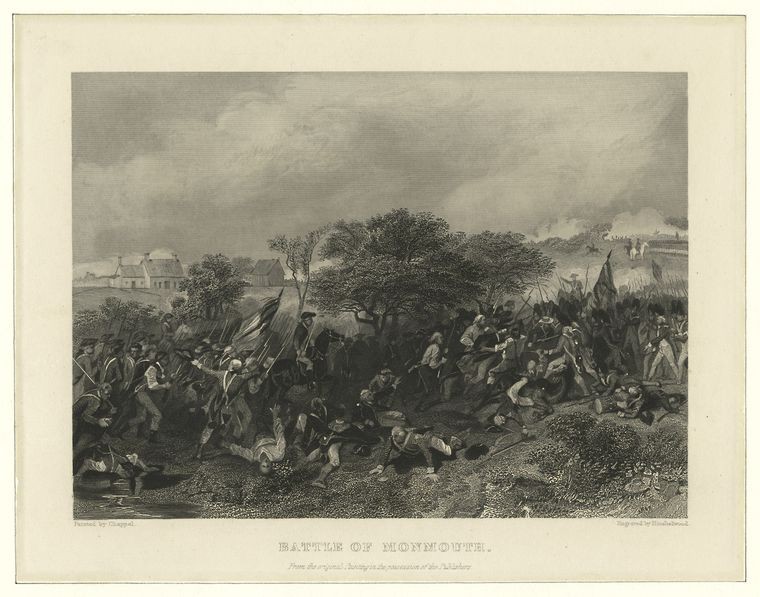
"Washington Rallying the Troops at Monmouth" by Emanuel Gottlieb Leutze, 1857
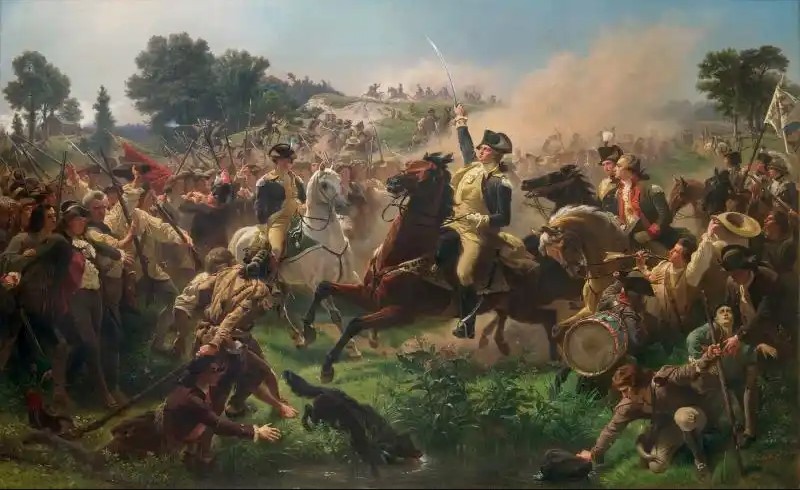
Horn Cup, made by Daniel Denise, 1779. Continental Soldiers often crafted cups from a piece of cow horn fitted with a wooden plug. Cups were then personalized with carved inscriptions and decorations.
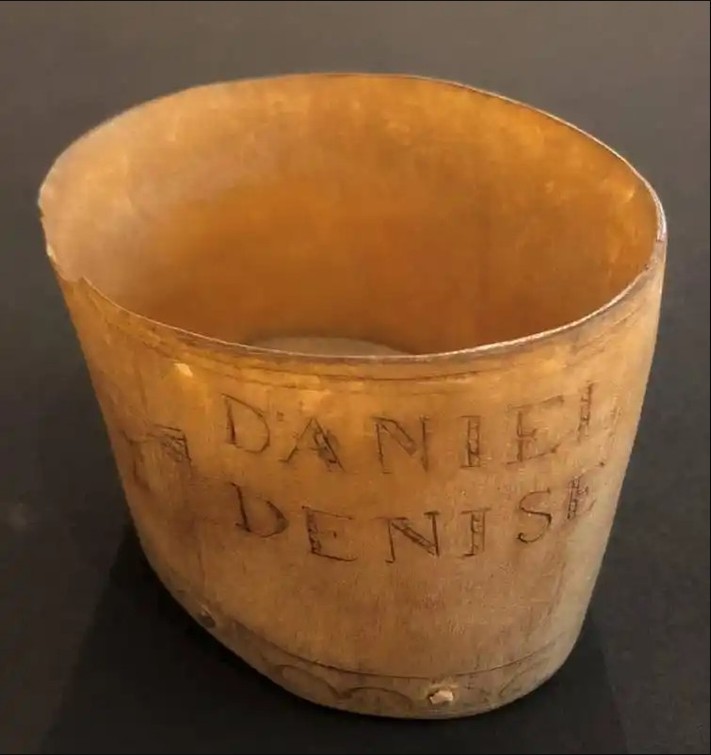
This flag is likely a division color of the First Pennsylvania Regiment, which fought at the Battle of Monmouth. The presence of the British union canton was frequently used on American colors in the early years of the war.
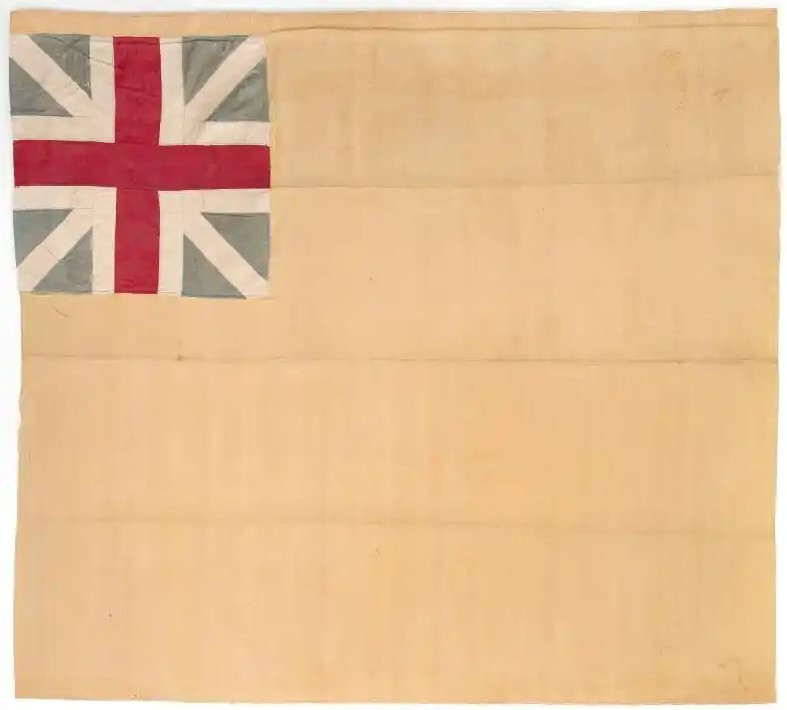
"Moll Pitcher at the Battle of Monmouth" by Dennis Malone Carter, engraver John Rogers, ca. 1856. "Molly Pitcher" was not one specific woman, but rather a composite image inspired by the actions of a number of real women during the Revolutionary War. The name itself may have originated as a nickname given to women who carried water to men on the battlefield.
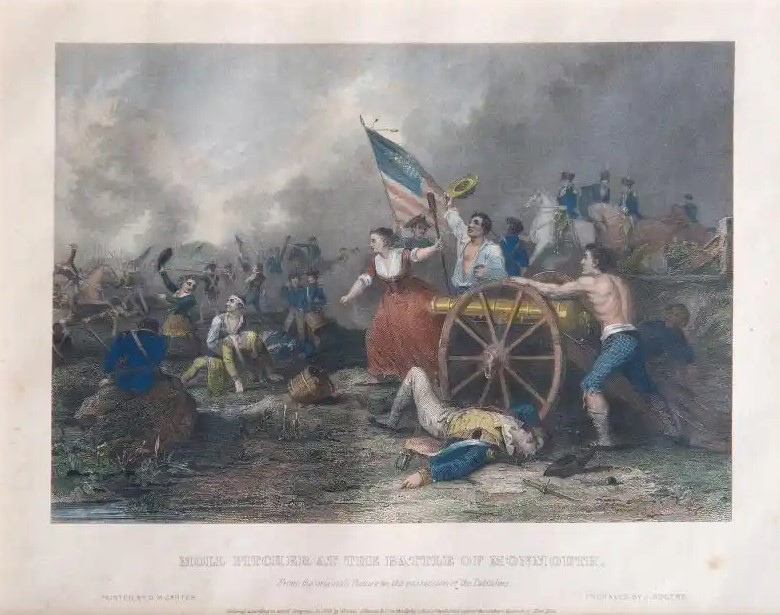
Backstory and Context
Author-Uploaded Audio
Listen to a narration of this entry's description by Kenna Felix.
Text-to-speech Audio
Lee and Washington disagreed about the best strategy for the Battle of Monmouth. Lee, feeling that his force was in an untenable position and underestimating the training transformation of the American Army during the encampment at Valley Forge, fell back in confusion. Washington rode up and, exceedingly irate to find the advance guard in retreat, exchanged harsh words with Lee. He then assumed a defensive position against a British counterattack. For the first time the Americans fought well with the bayonet as well as with the musket and rifle, and their battlefield behavior generally reflected the Valley Forge training. Nevertheless, Washington failed to strike a telling blow at the British Army, for General Sir Henry Clinton slipped away in the night and retreated to New York.
Lee demanded and got a court-martial at which he was judged, perhaps unjustly, guilty of disobedience of orders, poor conduct of the retreat, and disrespect for the Commander in Chief. As a consequence, he retired from the Army, though the controversy over his actions at Monmouth went on for years.
Sources
Boatner, Mark Mayo, Encyclopedia of the American Revolution, Stackpole Books, 1994.
Ferling, John, Almost a Miracle: The American Victory in the War of Independence, Oxford University Press, 2007.
Ferling, John, Whirlwind: The American Revolution and the War the Won It, Bloomsbury Publishing, 2015.
Middlekauff, Robert, The Glorious Cause: The American Revolution, 1763-1789. Oxford University Press, 2005.
Philbrick, Nathaniel, Valiant Ambition: George Washington, Benedict Arnold, and the Fate of the American Revolution, Penguin Books, 2017.
Savas, Theodore P. & J. David. A Guide to the Battles of the American Revolution, New York: Savas Beatie LLC, 2006.
Stewart, Richard W., ed. American Military History. 2nd ed. Vol. 1. American Historical Series. Washington, D.C.: Center of Military History, United States Army, 2009.
Tucker, Spencer, ed. American Revolution: The Definitive Encyclopedia and the Document Collection (5 volumes), ABC-CLIO Publishing, 2018.
The Miriam and Ira D. Wallach Division of Art, Prints and Photographs: Print Collection, The New York Public Library
Gift of the Descendants of David Leavitt, 1937; Monmouth County Historical Association
Gift of Mr. H.W. Buck, 1934; Monmouth County Historical Association
Gift of Mrs. Marguerite Potter Bixler, 1943; Monmouth County Historical Association
Museum Purchase, 1988; Monmouth County Historical Association
